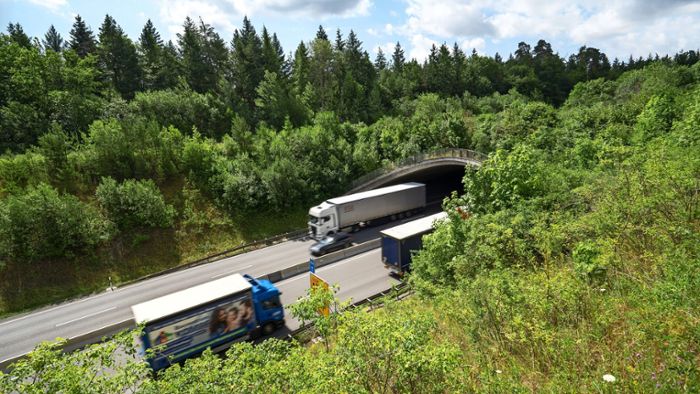The Impact of Uber on Modern Transportation

Introduction
In recent years, Uber has emerged as a significant player in the transportation sector, reshaping how people commute and altering perceptions of traditional taxi services. Launched in 2010, the app-based ride-sharing platform has gained popularity worldwide, providing an alternative to conventional transport methods. Amid rising fuel prices and evolving consumer preferences, Uber’s relevance has only increased, making it a topic of great importance in today’s economy.
How Uber Works
Uber operates through a smartphone application that connects passengers with drivers of vehicles for hire. Users can easily request a ride, track their driver’s location in real-time, and pay directly through the app—features that have contributed to its appeal. The company has also diversified its offerings, introducing services like UberPool, which allows users to share rides and costs, and food delivery services like Uber Eats. This flexibility and convenience cater to the needs of today’s fast-paced lifestyle.
Challenges and Regulatory Issues
Despite its success, Uber has faced numerous challenges, including regulatory hurdles and safety concerns. Many cities worldwide have implemented strict regulations governing ride-sharing services, citing issues such as driver background checks and insurance coverage. Furthermore, concerns about passenger safety have led to demands for the company to improve its security measures. In response, Uber has rolled out features such as the ‘RideCheck’ system to monitor for irregularities during the trip.
Impact on the Gig Economy
Uber has not only changed transportation but has also played a pivotal role in the gig economy. By providing flexible work opportunities, it has become an attractive source of income for many people. According to a report by the Institute for Labor Studies, approximately 2 million people in the UK have engaged with gig economy platforms like Uber in various capacities. This trend has led to ongoing debates on workers’ rights, wages, and job security in this sector.
Conclusion
Uber’s influence on transportation and the gig economy is undeniable, having transformed the way people think about commuting and work. However, the company will need to navigate an increasingly complex regulatory environment and address safety concerns to maintain its competitive edge. Looking ahead, initiatives aimed at sustainable transport and positive driver-pax relations will shape the future trajectory of Uber. For consumers, Uber offers convenience, while for drivers, it provides a unique form of employment, thus sustaining its significance in modern society.






